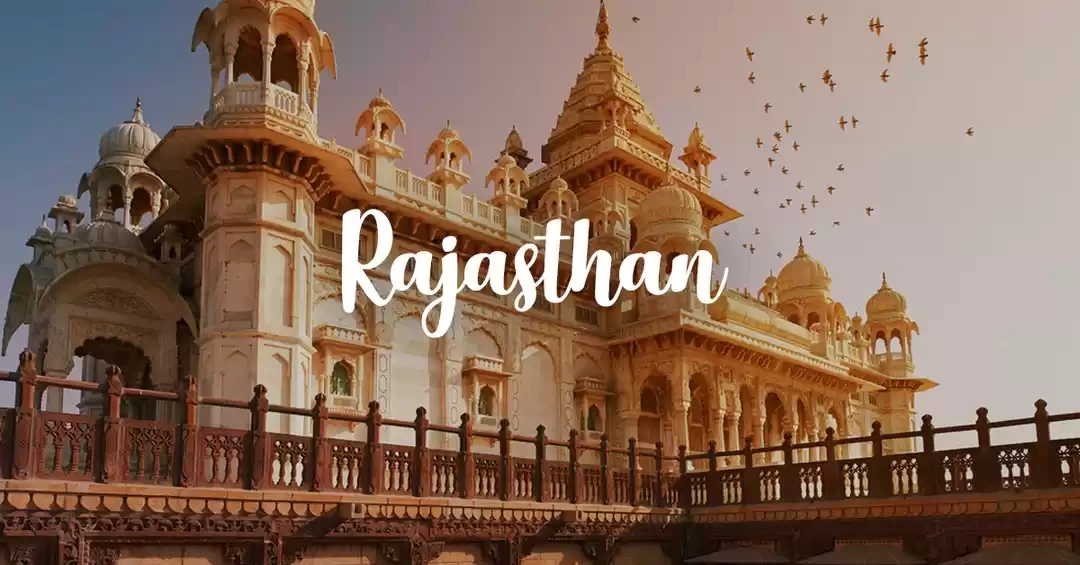Spiritual art serves as a profound expression of the human quest for meaning, connection, and transcendence. It encompasses a wide range of artistic styles and mediums, including painting, sculpture, music, and performance, all aimed at exploring and communicating the ineffable aspects of spirituality. Unlike traditional art, which may focus primarily on aesthetic beauty or technical skill, spiritual art seeks to transcend the physical realm and tap into the deeper truths of existence. Through its various forms, spiritual art invites individuals to reflect on their beliefs, experiences, and connections to the universe.
At the heart of spiritual art is the exploration of themes such as love, compassion, faith, and the divine. Artists often draw inspiration from their own spiritual journeys, infusing their work with personal experiences and insights that resonate on a universal level. This intimate connection between the artist and their subject matter allows viewers to engage with the artwork in a meaningful way, sparking contemplation and emotional responses. Whether it is a serene landscape that evokes a sense of peace or an abstract piece that challenges perceptions of reality, spiritual art has the power to touch the soul and provoke thought.
Throughout history, spiritual art has played a crucial role in various cultures and religions. From the intricate frescoes of Renaissance churches to the vibrant mandalas of Buddhist tradition, artists have sought to convey their spiritual beliefs through visual expression. In many cases, spiritual art serves not only as a reflection of faith but also as a means of worship. Iconography, symbols, and rituals embedded in the artwork are designed to facilitate a connection between the viewer and the divine, creating a sacred space for contemplation and reflection. For instance, the use of light and color in religious art can symbolize the presence of the divine, inviting viewers to experience a sense of awe and reverence.
In contemporary society, spiritual art continues to evolve and adapt, often intersecting with modern themes such as environmentalism, social justice, and personal well-being. Many artists today incorporate elements of mindfulness and healing into their work, using art as a tool for self-discovery and personal transformation. This approach not only enriches the artistic process but also encourages viewers to engage with their spirituality in new and innovative ways. Workshops, retreats, and community projects centered around spiritual art provide individuals with opportunities to explore their creativity while deepening their understanding of themselves and their beliefs.
The rise of digital technology has also transformed the landscape of spiritual art, allowing artists to reach wider audiences and share their work in dynamic ways. Social media platforms and online galleries enable artists to connect with like-minded individuals, fostering a global community centered around spirituality and creativity. As a result, spiritual art has become more accessible than ever, inviting people from all walks of life to engage with and create art that reflects their spiritual journeys.
Moreover, the therapeutic benefits of spiritual art have gained recognition in recent years. Art therapy practices that incorporate spiritual elements provide individuals with a safe space to explore their emotions, confront challenges, and find healing. The process of creating art can serve as a form of meditation, helping individuals connect with their inner selves and gain clarity in their spiritual pursuits. By allowing individuals to express their thoughts and feelings visually, spiritual art fosters a deeper understanding of personal experiences and beliefs.
In conclusion, spiritual art is a rich and multifaceted expression of the human experience, bridging the gap between the physical and the divine. Its ability to evoke emotions, provoke thought, and inspire connection makes it a powerful tool for self-exploration and communal engagement. As we navigate an increasingly complex world, the significance of spiritual art will continue to grow, offering solace, inspiration, and a reminder of the profound beauty inherent in our shared human journey. Whether through painting, music, or other forms of expression, spiritual art invites us to explore the depths of our souls and celebrate the interconnectedness of all beings.













